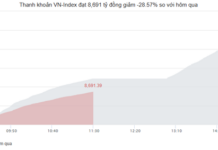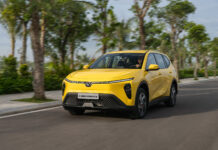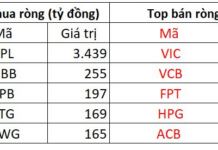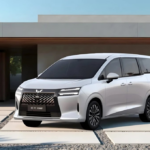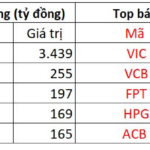China’s National Energy Administration (NEA), alongside five other ministries and commissions, has unveiled the “Three-Year Action Plan to Double Electric Vehicle Charging Facility Service Capacity (2025–2027).” This ambitious initiative aims to deliver over 300 million kilowatt-hours (300 GWh) of public charging capacity and expand the national charging network to approximately 28 million facilities by the end of 2027.
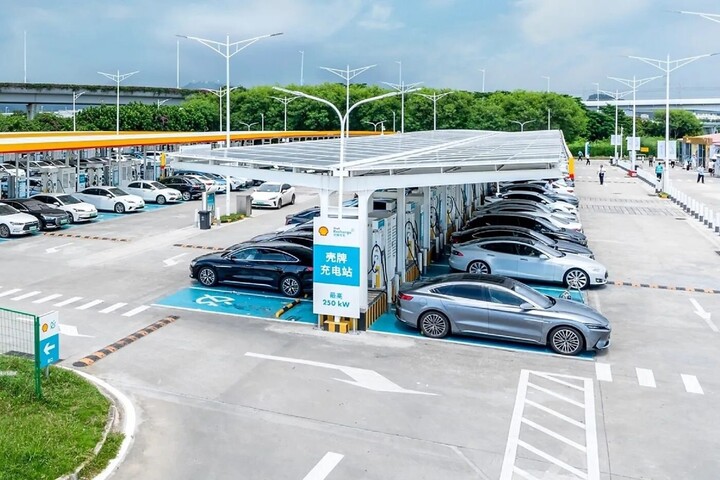
An electric vehicle charging station in China. (Source: Electrive)
The action plan is structured around four key priorities: Balance, Innovation, Comprehensiveness, and Implementation. While China’s existing facilities largely meet current demands, challenges remain in rural coverage, grid balancing, power supply security, and service quality. The plan seeks to improve geographical distribution, accelerate rural deployment, and enhance high-capacity charging infrastructure along key urban and highway routes.
The NEA highlights that the average capacity of current public charging stations is approximately 45.5 kilowatts—insufficient for peak traffic hours. According to local media, the goal is to install 1.6 million new DC fast chargers in urban areas by 2027, including 100,000 high-capacity units.
Upgrading Networks and Expanding Rural Reach
As reported by SCMP, the plan also targets the upgrade of aging facilities and low-voltage systems to enhance grid efficiency and reliability. Stations operational for over eight years, along with platforms operating below 800 volts, will be upgraded or replaced to meet higher performance and safety standards.
Furthermore, the government aims to deploy or modernize 40,000 ultra-fast charging points—each with a capacity exceeding 60 kilowatts—across highway service areas by the end of 2027. With few exceptions in high-altitude or extremely cold regions, all highways must be equipped with fast-charging facilities.
Additionally, China plans to install at least 14,000 new DC chargers in towns currently lacking public charging systems, ensuring comprehensive rural coverage. Private charging facilities will also receive policy support through pilot projects in 1,000 residential communities, promoting unified planning and long-term operation of home charging infrastructure.

A surge in electric vehicles hitting the Chinese market underscores the growing demand for charging infrastructure. (Source: SCMP)
Innovation, Implementation, and Market Growth
A standout feature of the action plan is its focus on vehicle-to-grid (VGI) integration, enabling electric vehicles to participate in grid balancing and energy storage. Under this framework, approximately 5,000 bidirectional chargers will be installed.
Implementation responsibilities are clearly delineated among government agencies, grid operators, and industry stakeholders. The National Development and Reform Commission and NEA will oversee nationwide execution, while local governments must align regional plans and bolster grid support.
In China, sales of new energy vehicles (NEVs), including battery-electric and plug-in hybrid vehicles, continue to soar, reaching a new record in September. A total of 1.6 million NEVs were sold, meaning nearly one in every two vehicles sold in the country is chargeable. Of these, 1.06 million were fully electric. Notably, these figures include NEVs produced in China for export.
Global Auto Manufacturers Cling to China Despite Heavy Losses and Plummeting Market Share—Here’s the Unbelievable Reason Why
China is not just the world’s largest automotive market where foreign manufacturers must establish a presence—they remain entrenched here for another critical reason, one that significantly impacts global competitiveness.

